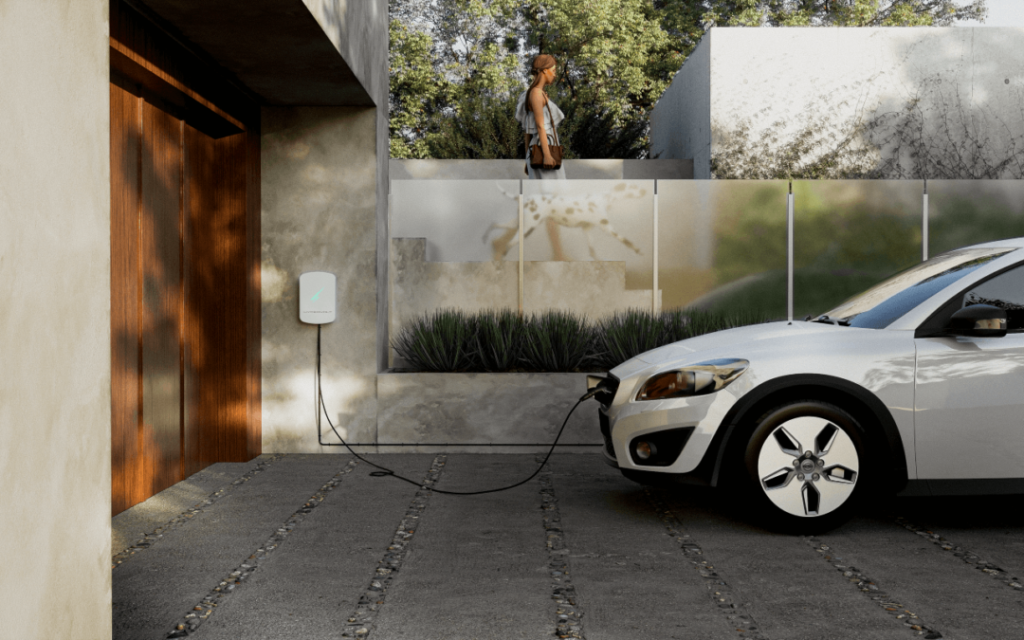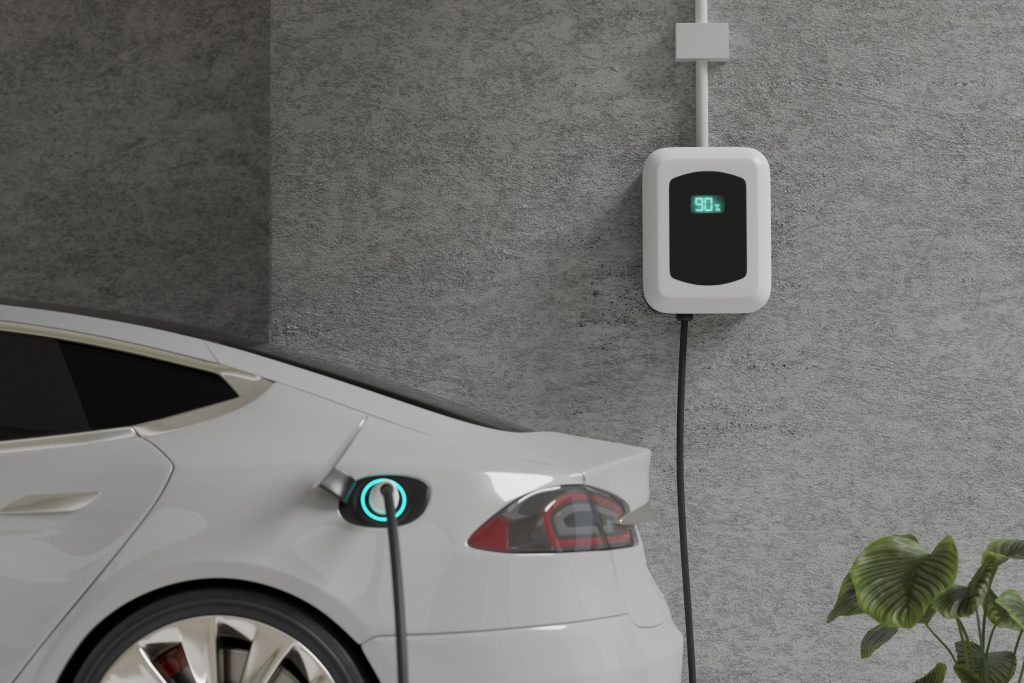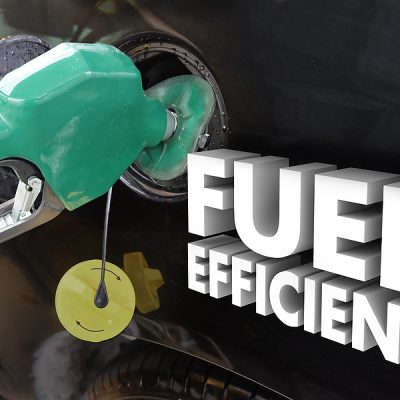Electric vehicles (EVs) are revolutionizing the way we think about driving—quiet, efficient, and eco-friendly. But one of the questions buzzing around every new or prospective EV owner is: How do I charge my car at home without turning it into a science experiment?
Charging an EV at home isn’t just about plugging in. It’s about understanding your options, optimizing convenience, and keeping your battery healthy. Whether you’re a tech novice or a seasoned gearhead dipping your toes into electric waters, here’s your straightforward guide to mastering EV charging at home.
⚡ Why Home Charging is a Game-Changer

Imagine waking up every morning to a fully charged car—no stops at gas stations, no waiting in line, just pure electric freedom. That’s the beauty of home charging: your garage becomes your personal fuel station.
Compared to public chargers, home charging offers:
- Convenience: Charge overnight while you sleep.
- Cost Savings: Lower electricity rates at night can cut costs.
- Battery Care: Controlled charging helps extend battery life.
- Peace of Mind: No hunting for available chargers during busy times.
🔌 Understanding Charging Levels: Level 1, Level 2, and Beyond
Not all chargers are created equal. The speed and complexity of charging your EV depend on the charging “level” and your home setup.
Level 1 Charging: The Slow and Steady Workhorse
- What it is: Using a standard 120-volt household outlet.
- Speed: Adds about 3-5 miles of range per hour.
- Best for: Overnight charging if you don’t drive far daily, or for plug-in hybrids with smaller batteries.
- Pros: No extra installation costs, uses outlets you already have.
- Cons: Slow for full battery recharge, not ideal for long daily drives.
Level 2 Charging: The Fast and Furious Upgrade
- What it is: Requires a 240-volt outlet—similar to what your electric dryer uses.
- Speed: Adds 15-30 miles of range per hour, depending on the charger and vehicle.
- Best for: Most EV owners who want faster, more flexible charging.
- Pros: Faster recharge, better suited for daily commutes.
- Cons: Requires professional installation, higher upfront cost.
DC Fast Charging: The Supercharged Option (Usually Public)
- What it is: High-voltage charging delivering rapid power.
- Speed: Can charge 80% in 20-40 minutes.
- Note: Rarely installed at home due to cost and electrical requirements.
🛠️ Installing a Home Charger: What You Need to Know
For most EV owners, Level 2 charging is the sweet spot. But before you plug in, here’s what’s involved.
- Electrical Capacity: A licensed electrician will evaluate your home’s electrical panel to ensure it can handle a Level 2 charger.
- Dedicated Circuit: Level 2 chargers need a dedicated circuit for safety and efficiency.
- Location: Ideally, install the charger near where you park, with easy access to your car’s charging port.
- Permits: Some regions require permits or inspections for installation—check local rules.
- Cost: Installation typically runs from a few hundred to a couple thousand dollars, depending on your home’s wiring.
🔋 Battery Care Tips While Charging at Home

Your EV’s battery is its heart. Proper charging habits can extend battery life and keep your car humming longer.
- Avoid 100% Charge Daily: Keeping your battery topped around 80-90% is healthier for long-term battery life.
- Use Timers: Many chargers or EVs allow scheduling charging during off-peak hours for cost efficiency.
- Don’t Let It Run Too Low: Try to recharge before the battery drops below 20%.
- Cool and Dry: Charging generates heat; ensure your charger and car are in a well-ventilated space.
💡 Smart Chargers and Connectivity
Modern chargers come with “smart” features, turning your home charging experience into a high-tech, energy-efficient operation.
- App Controls: Start, stop, and schedule charging from your phone.
- Energy Monitoring: Track how much electricity your car uses.
- Integration: Some can sync with solar panels or home energy management systems.
- Voice Control: Compatible with smart home devices for added convenience.
💰 Cost Considerations: What to Expect

Charging at home is generally cheaper than public stations or gas—but costs can vary.
- Electricity Rates: Rates fluctuate by region and time of day. Charging overnight often saves money.
- Installation: One-time cost, but an investment that pays off in convenience.
- Charger Cost: Basic Level 2 chargers start around $400-$700, with premium models costing more.
🚗 Final Thoughts: Charge Ahead with Confidence
Charging your EV at home is a mix of science and simplicity—understand your options, prepare your home, and develop good charging habits. Once set up, you’ll wonder how you ever lived without the ease of plugging in while you sleep, waking up ready to roll with a quiet, clean, and fully charged ride.
Electric driving is more than just a trend; it’s a new way to connect with the road—and with a well-planned home charging setup, you’re fully powered for the journey ahead.










